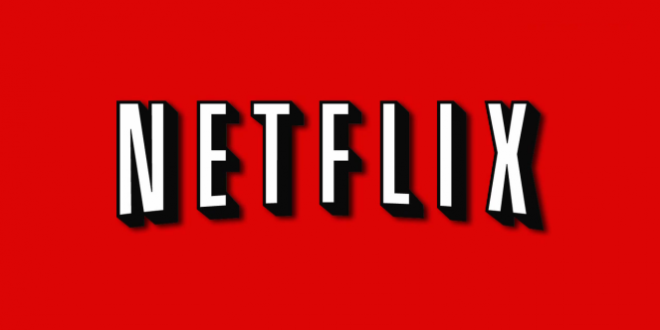According to a Vice article posted on Monday, the popular subscription-based television and movie streaming service, Netflix, was investigating new business models that included advertisements. The advertisements were not expected to be present on all videos or to consist of sold advertising slots. The program was alleged to only be applied to first party content produced by Netflix (House of Cards, Marco Polo, BoJack Horseman, etc) with preview reels of other in-house productions.
As of today, however, the internet can release the collective breathe it was holding. A Tweet posted by New York Times reporter, Emily Steel, after speaking to a Netflix spokesman has been making the rounds. The spokesman’s statement in no uncertain terms is that “We [Netflix] have zero intention of putting ads on our platform; no change at all in policy.” While reassuring, it does run strangely counter to the word that Vice reported. Vice did update, stating that its source clarified of Netflix “We do not and will not be adding third-party ads,” and further emphasized that the prospect of first-party pre-video advertising was purely a test and not the new regime.
Netflix spokesman: We have zero intention of putting ads on our platform; no change at all in policy.
— Emily Steel (@emilysteel) June 1, 2015
On a scale of practicality, it is doubtful that pre-video advertisements would be beneficial. The most practical and least intrusive form of advertisement for the Netflix model would appear to be already existing tabs like “Trending Now” and “Recently Added” with so much of the user base driven by word-of-mouth and impulse watching. While it might be presumptuous to say with certainty—as Netflix has not actually tried to implement such a system—advertising in a more overt fashion could run the risk of driving off Netflix’s subscribers. However, at least for now, consumer service has won this round.
 Load the Game Video Games, Reviews, Game News, Game Reviews & Game Video Trailers
Load the Game Video Games, Reviews, Game News, Game Reviews & Game Video Trailers



